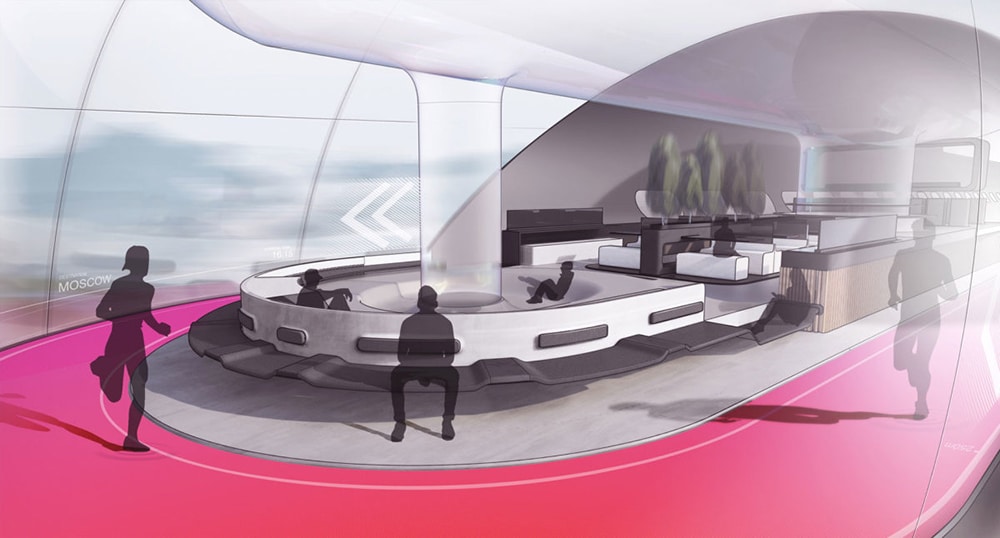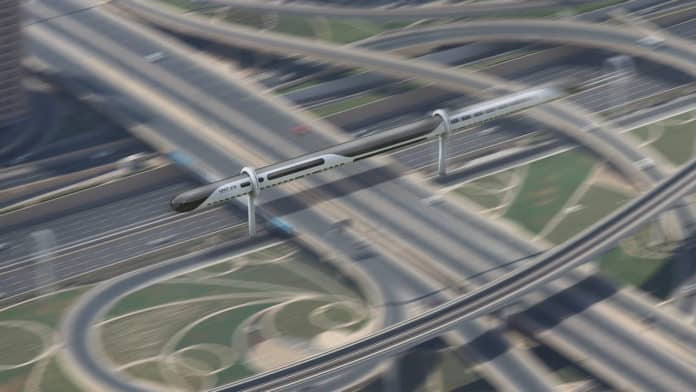Air transport accounts for an unbelievable 2.5% of the world’s carbon emissions. That may not sound like much, but according to the strategic design consultancy Manyone, if the aviation industry were a country, this would have been on the list of the 10 most carbon-emitting countries worldwide.
That’s why the Danish company is thinking about radical alternatives to flight. They came up with the idea of building a 250-meter-long ship that could run across the continent thanks to a magnet ring system. Instead of gliding along rails, the elevated train called the AeroSlider floats through a series of magnetic pylons 65 feet off the ground.
“The AeroSlider is equipped with linear magnets that propel it through a connected system of electromagnetic portals. Portal loops can be powered by localized energy sources,” reads the company website.
The 20-meter-high loop system propels the AeroSlider faster, helping it to reach the average speed of the aircraft, about 500 mph (805 km/h). A magnetic train transport system could reduce the cost of long journeys without sacrificing speed. AeroSlider can run from Moscow to Shanghai in 12 hours.

AeroSlider should have windows and offer passengers a view. The interior will be luxurious – it does not resemble a typical train or plane, but rather a high-speed building. For example, in one vehicle, there may be a park and plenty of passenger cabins, incorporating a running track, open plaza area, restaurant, bars, gyms, and multi-purpose rooms, which can accommodate meetings and work when commuting.
The idea is not to present a complete design but to think about reducing our dependence on flying. The team led by chief designer Guillermo Callau also created a route connecting the world’s largest cities in 2050. Following Manyone’s idea, the route for this floating train will extend from Africa to Europe and Asia.
“You would take something a little slower than a flight, but it would be immensely more efficient,” says Callau. “This isn’t just being optimistic. It’s necessary. CO2 tariffs, or taxes on CO2, will make flights way more inaccessible.”
